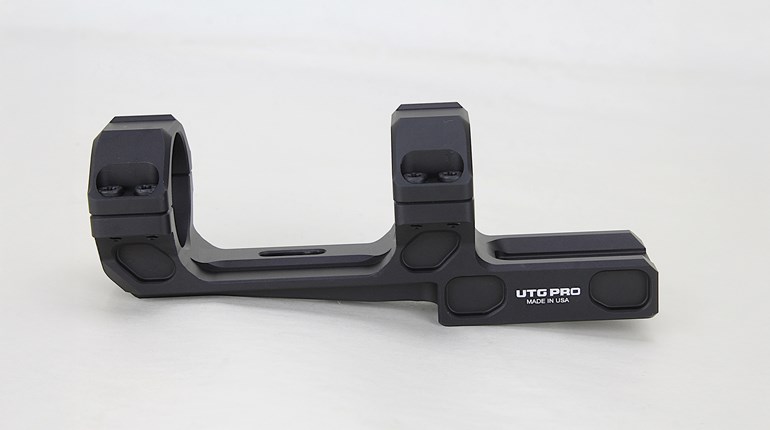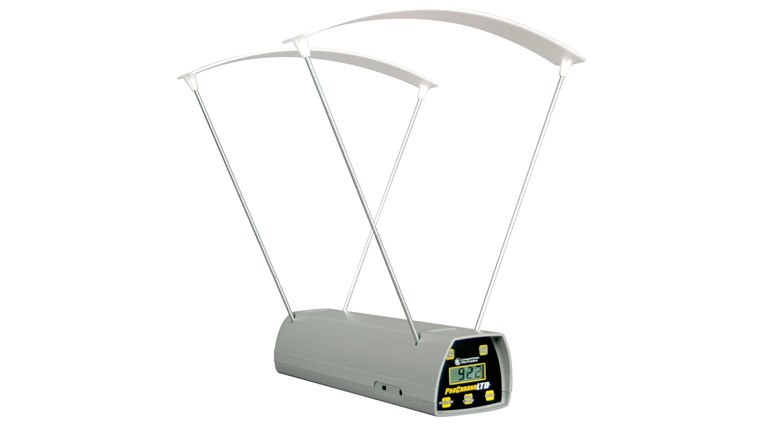
I am going to admit right away that I am not an expert with chronographs. I know enough to get them up and running and how to take the measurements I need. I understand that environmental factors affect bullet velocities, but what I really need from a chronograph is a reading to evaluate if the ammo I am using will make power factor at major matches—and if you are loading your own ammo, testing with a chronograph is an important step that cannot be skipped. But which chronograph should you use? Is there anything to be aware of?
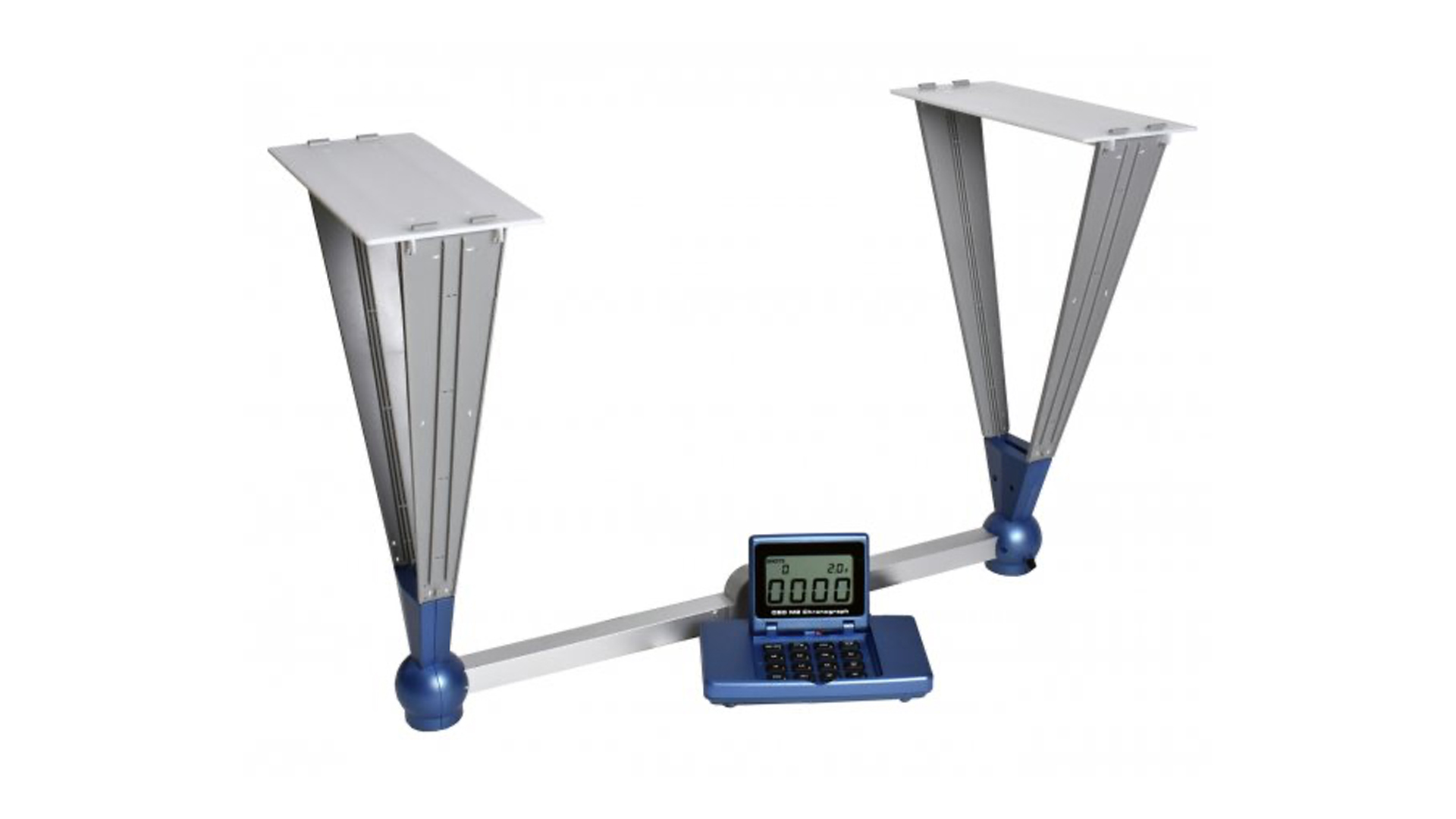
When I started this sport and got to the point where I needed to purchase a chronograph, I was advised to get an optical chronograph because that is the type that major matches use. This made total sense because that is what I was loading the ammo for, so I invested in a Competition Electronics ProChrono. It has served me well over the years and my readings are similar to what I get at major USPSA matches. I have the original model, which does not have Bluetooth connectivity to the companion app. They now sell models with Bluetooth ($165) or without Bluetooth ($145).
At major USPSA matches, the brand of optical chronograph that is usually used is the CED M2 ($199) with a chronograph box and infrared sky screens. This is a different brand of chronograph, but it’s still the same technology. The dark chronograph box and infrared lighting are used to ensure similar and consistent reading conditions for all competitors. For both of these chronographs, you will need either a taller table or tripod to support the sensor units as you shoot over them.
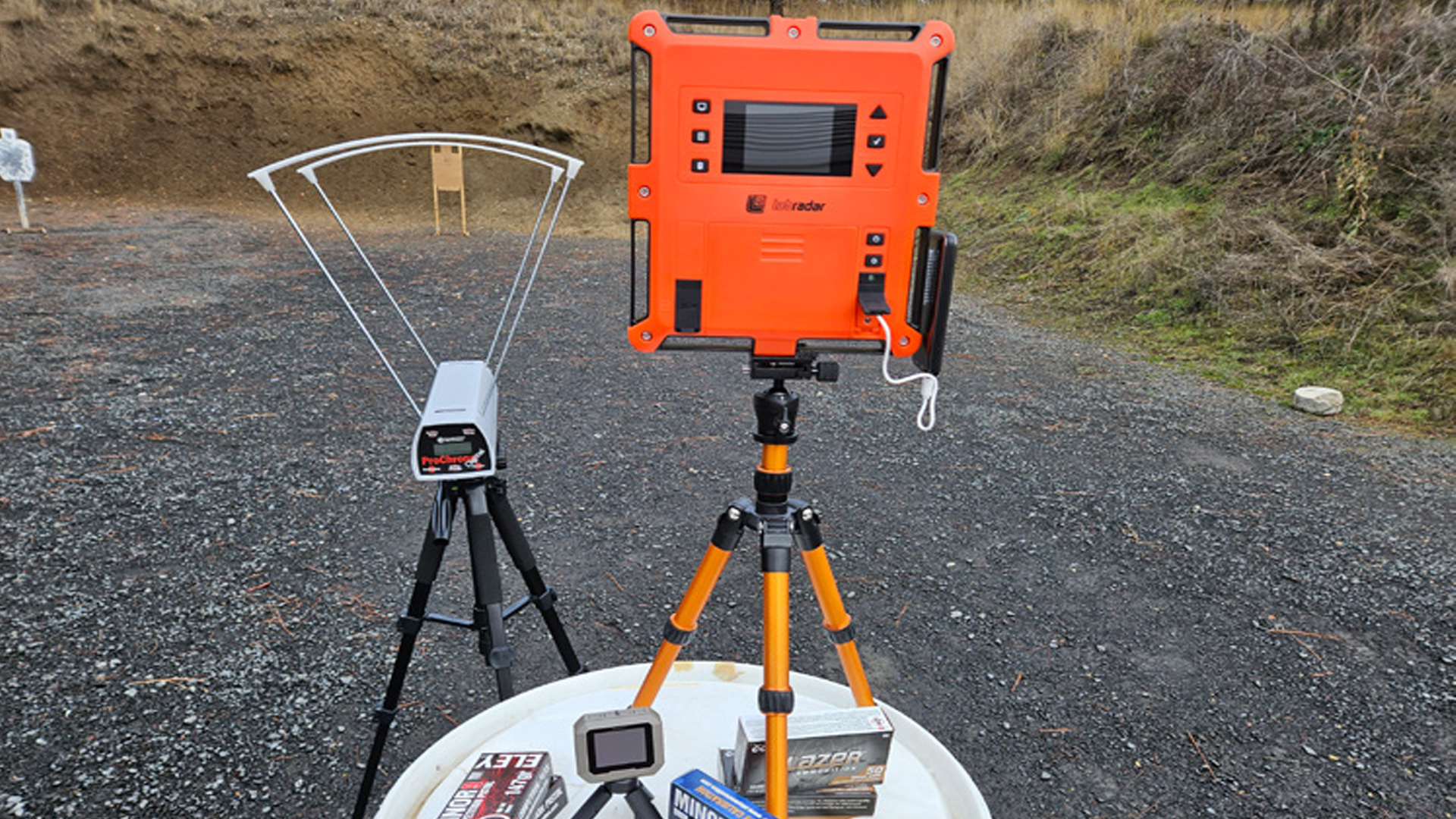
We now have radar-based chronographs and have seen their increased use at the chronograph stages at major matches. I have worked several matches where the LabRadar ($500) units have been used. You will need a sturdy tripod or table mount to hold the LabRadar unit. And now there is a new radar unit from Garmin called the Xero C1 Pro chronograph ($600). The Xero C1 Pro comes with a little tripod so it can be set on a table. If no table is available, it can be mounted to a tripod. Both the LabRadar and Xero C1 Pro have companion apps for your smartphone to download the data.
I really wanted to compare my ProChrono, LabRadar and Garmin Xero C1 Pro side-by-side. I took all three out to the range, set them up one at a time, and ran all the guns and ammunition with each. Many folks have asked if I tried to read the same shots with all three units at the same time and the answer is no. I didn’t know how having the ProChrono downrange would affect the radar readings and I didn’t know how well the LabRadar and Xero Pro C1 would play side-by-side. I collected the LabRadar readings first, the Xero Pro C1 next and the ProChrono last. I used a different gun for each ammo type, so the barrels had time to cool down. I placed a target downrange from a set shooting position and shot at the target for all shots. The ProChrono was set 10 feet from the shooting position. For both radar units, I used the pistol setting. For the LabRadar, I held the muzzle about six inches to the right of the unit and read the V0 reading. For the Xero C1 Pro, I held the muzzle about eight inches above the unit. I tested with two Glock G17s, a Remington 1911 and a pistol-caliber carbine. All the ammo is commercially available 9 mm: Eley USPSA Calibration, Eley Minor 9 147-grain Competition and Blazer Brass 115-grain. Five shots were fired for each ammo type over each chronograph.
For the pistols, the LabRadar in general read a bit faster than the Xero and ProChrono, especially for the subminor calibration ammo. This has also been observed by the RMIs at matches using LabRadar. And after my blog post with this data was posted, a few people emailed me and said that they have consistently seen a bit higher readings with the LabRadar for their pistol loads as well. What does this mean if you use a LabRadar to check your ammo? It means that if the reading is close to the minimum power factor for minor or major, you might want to bump that powder charge up a bit to make sure you get a good reading on other chronographs at matches.Overall, all of these chronographs gave similar readings, and if you need to invest in one, any of these would be viable options. The reality is that most of us maybe bring our chronographs out once or twice a year, so some folks will just go for the more affordable optical chronographs.
The ProChrono takes a few minutes to set up, runs on a nine-volt battery, and the buttons on the front make it easy to create and delete strings as well as scroll through the data. Even though it’s an older technology, it still works great and gives reliable readings. The one advantage that optical chronographs have is that they will function in small spaces. A short, narrow bay works just fine for these. Radar units will need larger bays that are free of debris to work properly.
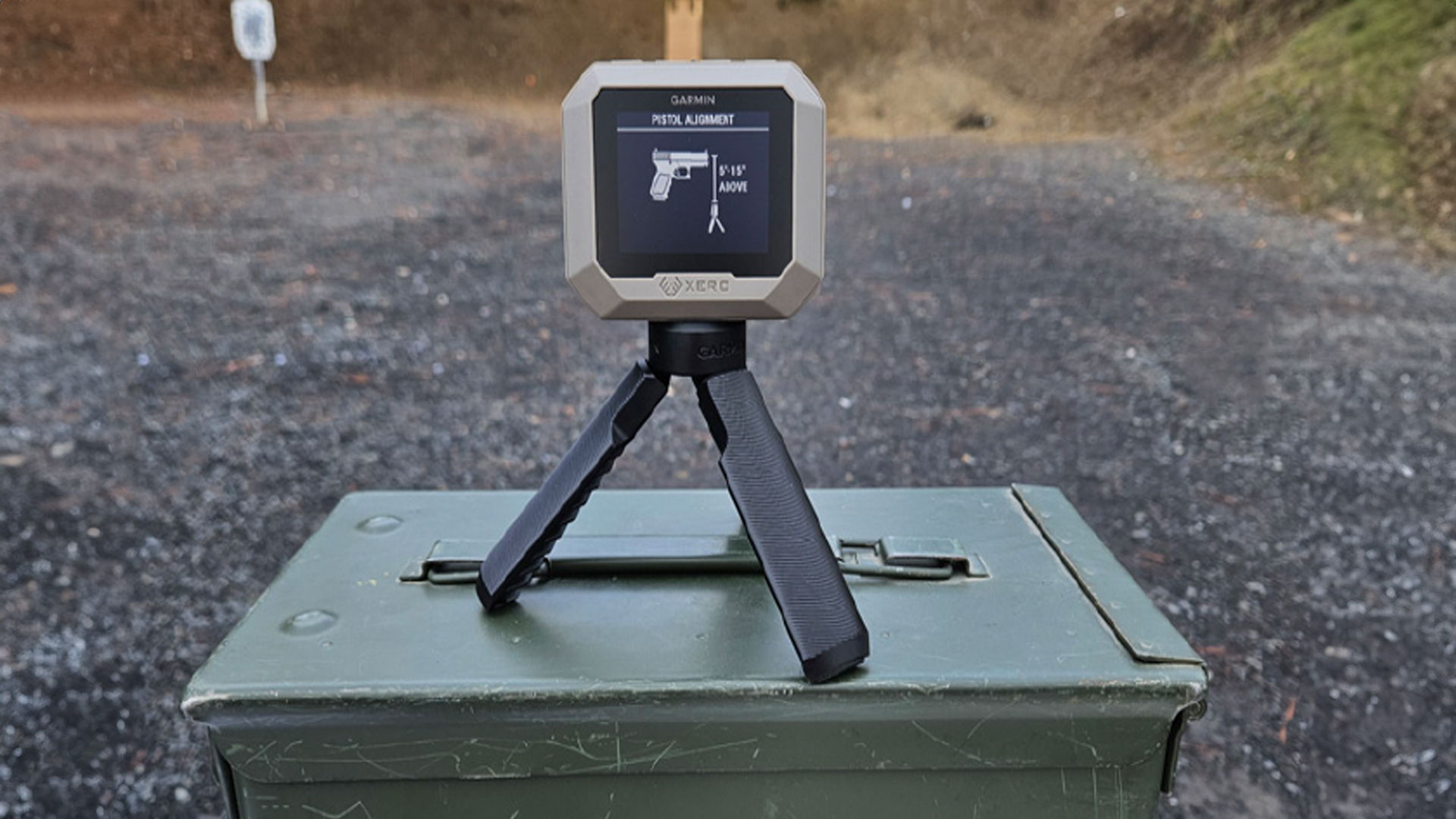
The LabRadar also takes a few minutes to set up, a few more minutes to configure (I recommend doing this before you go to the range) and runs on six AA batteries or a rechargeable battery pack. I prefer to configure sessions on the LabRadar with the app, and you definitely need to skim the LabRadar user guide to really understand everything it can to. And if you do long-range rifle and want velocity readings for your shots at different distances, the LabRadar is the machine for you. For determining your velocity for USPSA matches, you just need the V0 reading.
The newest radar chronograph, the Garmin Xero C1 Pro, is probably the quickest to set up. It takes less than a minute to configure and it has an internal rechargeable battery, and can run off external battery packs as well. It comes with a little tripod and after you start a session and select the firearm type, it tells you on the screen where to shoot the firearm in relation to the unit. For pistols (and I did the same for the pistol-caliber carbine), you hold the muzzle five to 15 inches above the unit. I was using a plastic barrel at the range and ended up setting the Xero C1 Pro on top of a metal ammo can to ensure I was within that distance. It has the smallest form factor of all of them and could easily be stowed in a pocket on your range bag. The interface is easy to understand and the data downloads to the app after a session is ended on the unit.
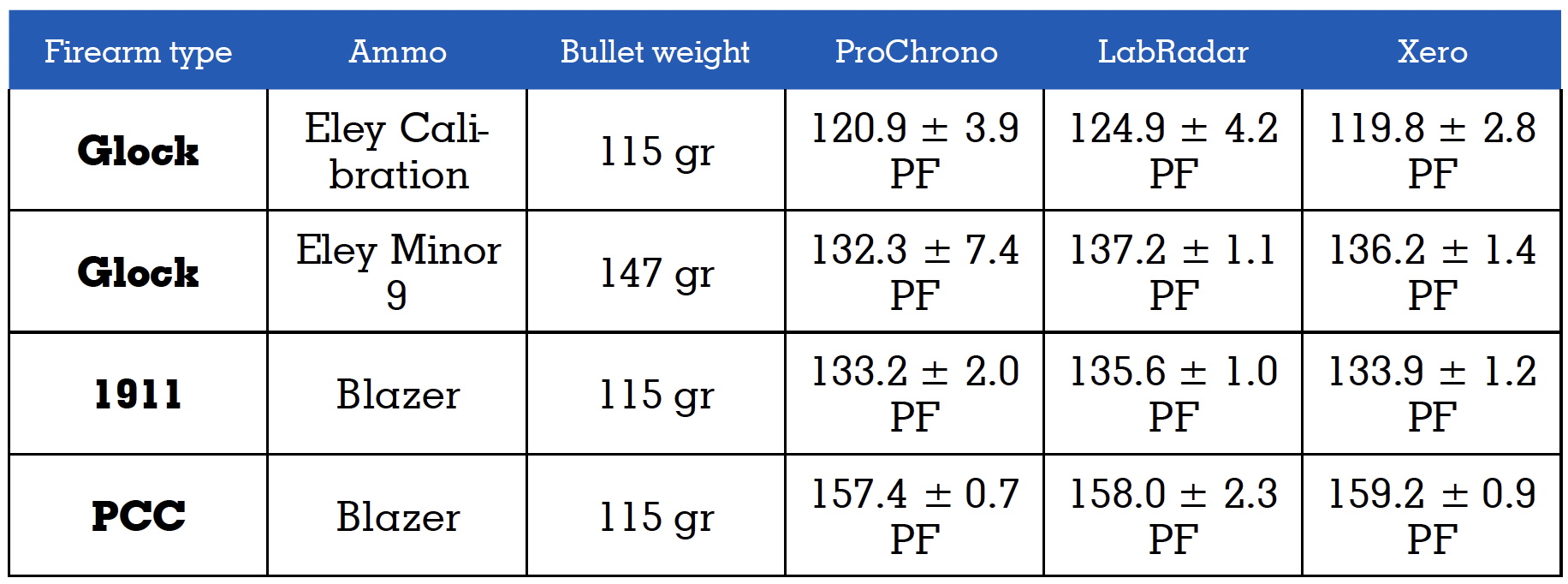
You pretty much can’t go wrong with any of these units. It just depends on what you want to spend and the space you have to use them. Just remember to not load your ammunition right at the minimum power factor and to allow room for variation from environmental conditions and chronograph types.
Article from the January/February 2024 issue of USPSA’s magazine.













